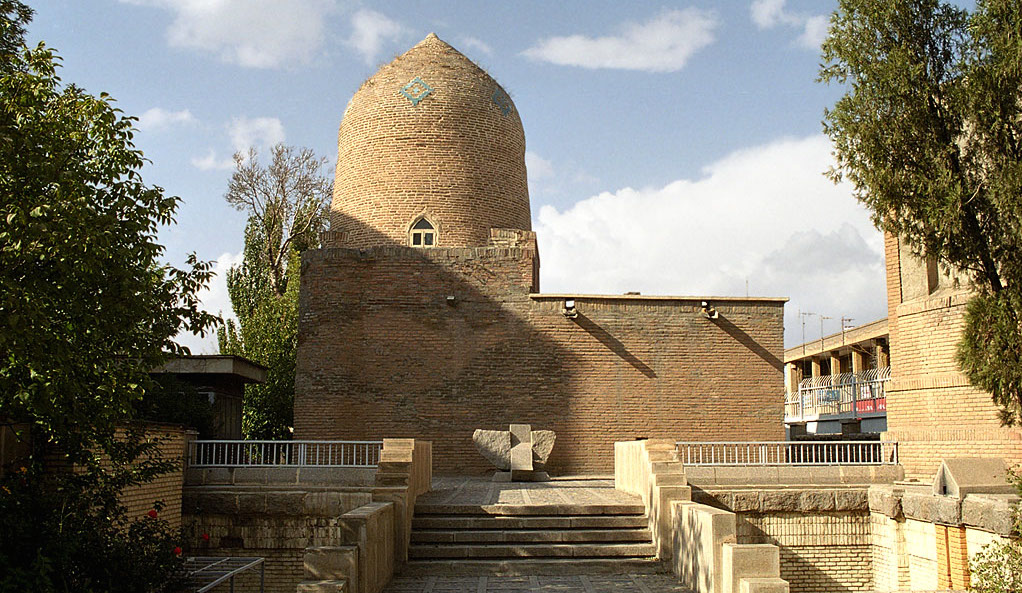Iranian Jews seek protection after tombs of Mordechai and Esther desecrated.
By Mindy Rubenstein, World Israel News
The burial sites of Mordechai and Esther, central figures in the Jewish Purim story, have been desecrated by residents of Iran’s Hamadan province.
Residents burned Israeli flags and vandalized the area, creating widespread concerns within the local and international Jewish community.
This incident comes in the wake of a recent Hamas attack on Israel on October 7. They not only defiled the holy site but also sent a letter to the Ministry of Culture, requesting the conversion of the site into a “Museum of the crimes of the Zionist regime” and an office for “Palestinian resistance forces” in Iran. The letter falsely claims to have the consent of the local Jewish population, a claim vehemently denied by the community.
This is not the first time these revered tombs have come under attack. In May 2020, the site was targeted by arsonists, leading to global condemnation by various Jewish organizations. However, Iran’s government did not respond to calls for arrests or investigations.
In response to the recent desecration and demonstrations, Dr. Homayoon Sameh, a Jewish member of the Iranian parliament, sent a letter to the Iranian government, urgently seeking protection for the Jewish community. The situation has left many Iranian Jews feeling the impact of the ongoing war between Israel and Hamas.
An estimated 9,000 Jewish people reside in Iran, and to avoid drawing unnecessary attention, synagogues in Iran and around the world have been operating on a limited basis.
Hossein Amirabdollahian, Iran’s foreign minister, has made statements on state television indicating support for Palestinian resistance groups and opposition to Israel’s actions in Gaza. This adds to the concerns of the Jewish community in Iran.
The story of Esther, who became a queen in Persia and revealed her Jewish identity to the Persian King Ahasuerus to save her people from destruction, holds profound significance in Jewish tradition. The pilgrimage site in Hamadan is venerated not only by Jews but also by many Iranians who see Mordechai and Esther as heroes who saved the region from genocide.
The tombs of Mordechai and Esther are housed in a magnificent building inside the Hamadan city walls. The shrine underwent renovation in the 1970s and, for Iranian Jews who cannot make the journey to Jerusalem, it serves as a sacred place for prayer and reflection.
Adjacent to the shrine is an underground synagogue featuring a roof ornament in the shape of a massive Magen David (Star of David), believed to be the only Jewish star visible from space.


